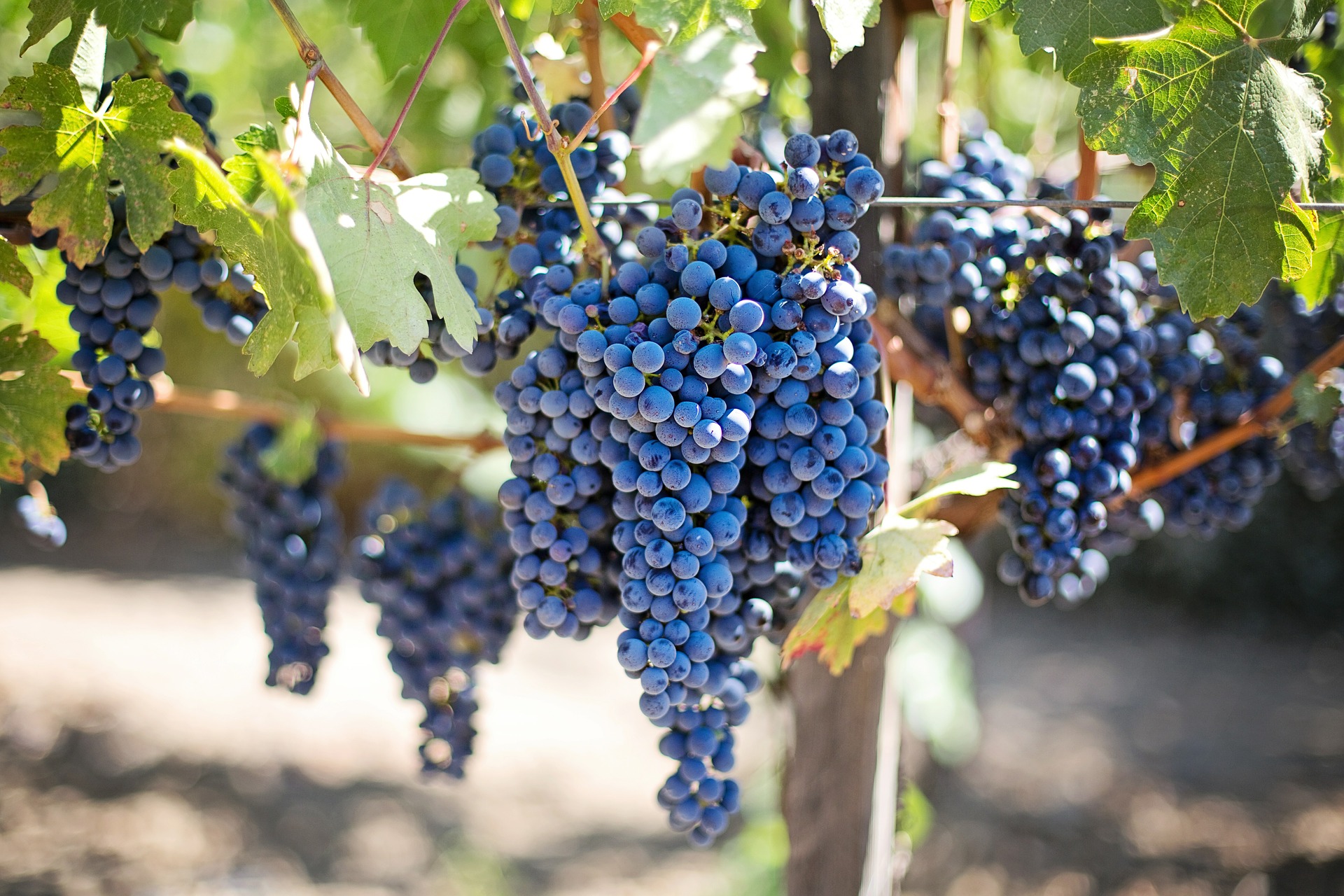New to French wine? If you are considering buying a bottle, maybe for a party, special occasion or just to expand your personal repertoire, here is a super condensed abstract of French wine basics to help you maneuver through your myriad of choices.
1. Regions worth trying. While there are at least 12 major wine producing regions in France, Bordeaux and Burgundy are the top echelon that you should prioritize when considering your purchases. Rhone, a close second tier, often offers equivalent quality wine at lower prices. Most “good” French wines are made to age for 10-50 years, so you won’t like the extreme tannins in newly released vintages – they need time to mellow out. Labels that have a “Grand Cru” marking signify the highest quality wine in the region, but “Premier Cru” is nearly as good.
Bordeaux wineries primarily blend Cabernet Sauvignon (“Left Bank” emphasis), Merlot (“Right Bank” emphasis), and Cabernet Franc grapes for a bold, complex, yet balanced wine. Of the 57 high quality appellations in Bordeaux, you should try to find wines from Medoc (e.g. Paulliac) and Graves/Pessac-Leognan from the “Left Bank”, and Pomerol and St. Emilion from the “Right Bank”. It is hard to find a bad wine in these four areas.
Burgundy is the most complex region, with more than 1,000 winery names and 110 different appellations. However, the key 5 areas to memorize are: Cote D’Or, Cote De Nuits, Cote De Beaune, Cote Chalonnaise, and Beaujolais. Burgundy wines are primarily made from Pinot Noir grapes, except Beaujolais, which is made from 100% Gamay grapes. Therefore, the wine style is usually lighter and silkier.
Rhone wines are primarily made from Syrah and Grenache grapes, but can sometimes be a blend of thirteen different varietals. Typically, the higher the bottle price the more high quality Syrah and Grenache grapes used. Key Rhone appellations to look for are Crozes-Hermitage, Cote Rotie, Hermitage, Chateauneuf-du-Pape, and Gigondas.
2. Chateaux worth knowing. The “Big 8” Bordeaux chateaux are: Lafite, Latour, Margaux, Haut-Brion, Mouton, Yquem, Ausone, and Petrus. While these might be outside of your price range, they are always good special occasion or investment-grade wines.
3. Particularly good vintages. This depends on the region, but in Bordeaux 1982, 1990, 2000, and 2005 were exceptional vintages due to the favorable weather conditions. In Burgundy, 1996, 1997, 1999, 2002, and 2003 were fantastic years for quality wine production. Wine critics are hailing the 2007 Rhone “Chateauneuf-du-Pape” as the best they have ever tasted.
4. Tips to buying French wine outside of France. You can find extremely affordable Bordeaux, Burgundy and Rhone varietals at your local discount wine merchant, but I recommend shopping on the internet to find the lowest prices for French wines that meet the criteria outlined above. This will ensure you get the highest quality wine for the lowest price.
Hopefully these tips make you feel more comfortable grabbing that intimidating French bottle. Never forget that the French have been making wine a lot longer than US wineries and they have gotten pretty good at it. You certainly won’t be disappointed if you follow the simple guidelines stated above. Cheers!
Aabalat Fine & Rare Wines, based in Petaluma, California, has a large selection of rare and fine wines from Bordeaux, Burgundy, Italy, Portugal, and the US that is sure to impress even the most seasoned connoisseur. We strive to find the best wines, aged and stored properly for your drinking pleasure and investment potential. Visit www.aabalat.com for more information about our products and services.
Article Source: http://EzineArticles.com/6333898

Leave a Reply